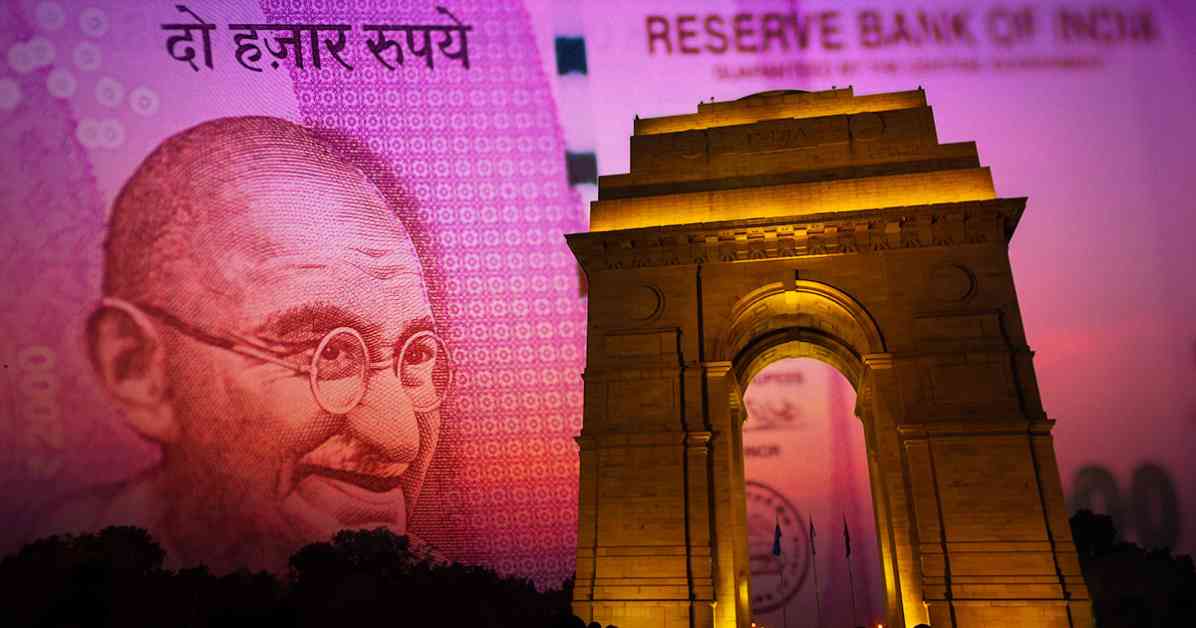The Reserve Bank of India (RBI) is taking a cautious approach to the nationwide rollout of its Central Bank Digital Currency (CBDC), known as the e-rupee. Deputy Governor T. Rabi Sankar stated that the bank is not rushing to implement the CBDC immediately, emphasizing the importance of assessing outcomes before moving forward.
The e-rupee pilot, which began in December 2022, has seen some progress with over 5 million users and approximately 1 million retail transactions by mid-2024. However, Sankar highlighted the need to evaluate the long-term impact of the CBDC before expanding its use.
One of the main concerns of the RBI is how CBDCs could disrupt traditional banking systems. Deputy Governor Michael Debabrata Patra warned that CBDCs might lead to depositors withdrawing their funds during times of financial instability, which could pose risks to banks. To address this issue, the central bank is conducting controlled experiments with local banks such as ICICI Bank and State Bank of India, offering incentives like salary disbursements via e-rupee to encourage adoption.
Despite these challenges, regulators in India have expressed a preference for a nationwide CBDC over private digital currencies like Bitcoin. The RBI is also working on enhancing the e-rupee’s features, such as developing offline transfer capabilities to improve accessibility. However, Governor Shaktikanta Das noted that adoption levels are still lower compared to India’s leading digital payments platform, the Unified Payments Interface (UPI).
The wholesale e-rupee program has primarily focused on interbank transactions and government securities trading, with nine major financial institutions participating in trials. The goal is to refine the currency’s operational design and identify key use cases. This cautious approach taken by India reflects the global trend of CBDC development, with over 130 nations actively exploring digital currencies.
As India closely monitors international developments, the central bank is committed to ensuring that the e-rupee strengthens the financial system without compromising stability. By prioritizing financial stability and a thorough understanding of the potential impacts, the RBI is taking steps to ensure a successful rollout of the CBDC in the future.














